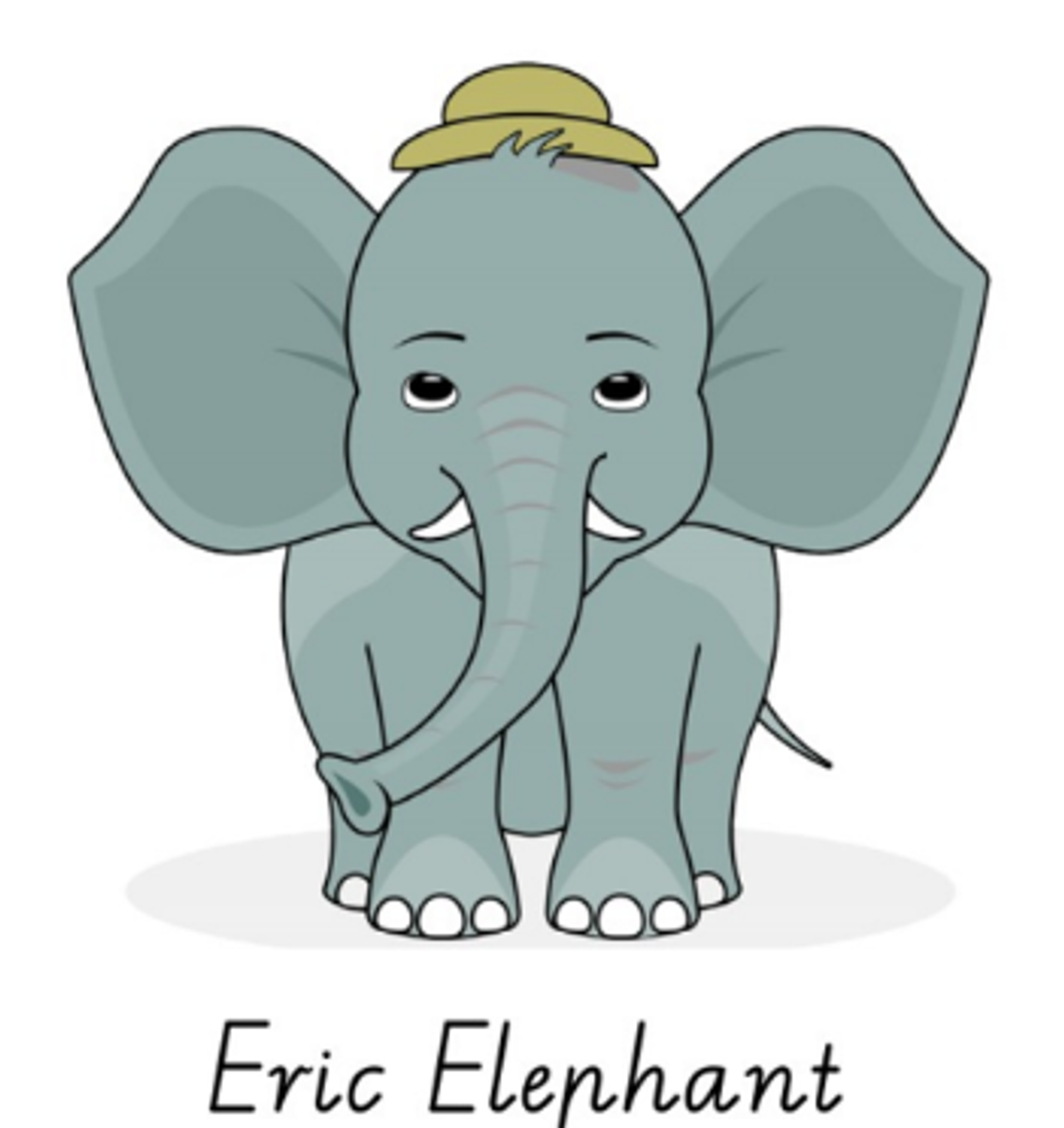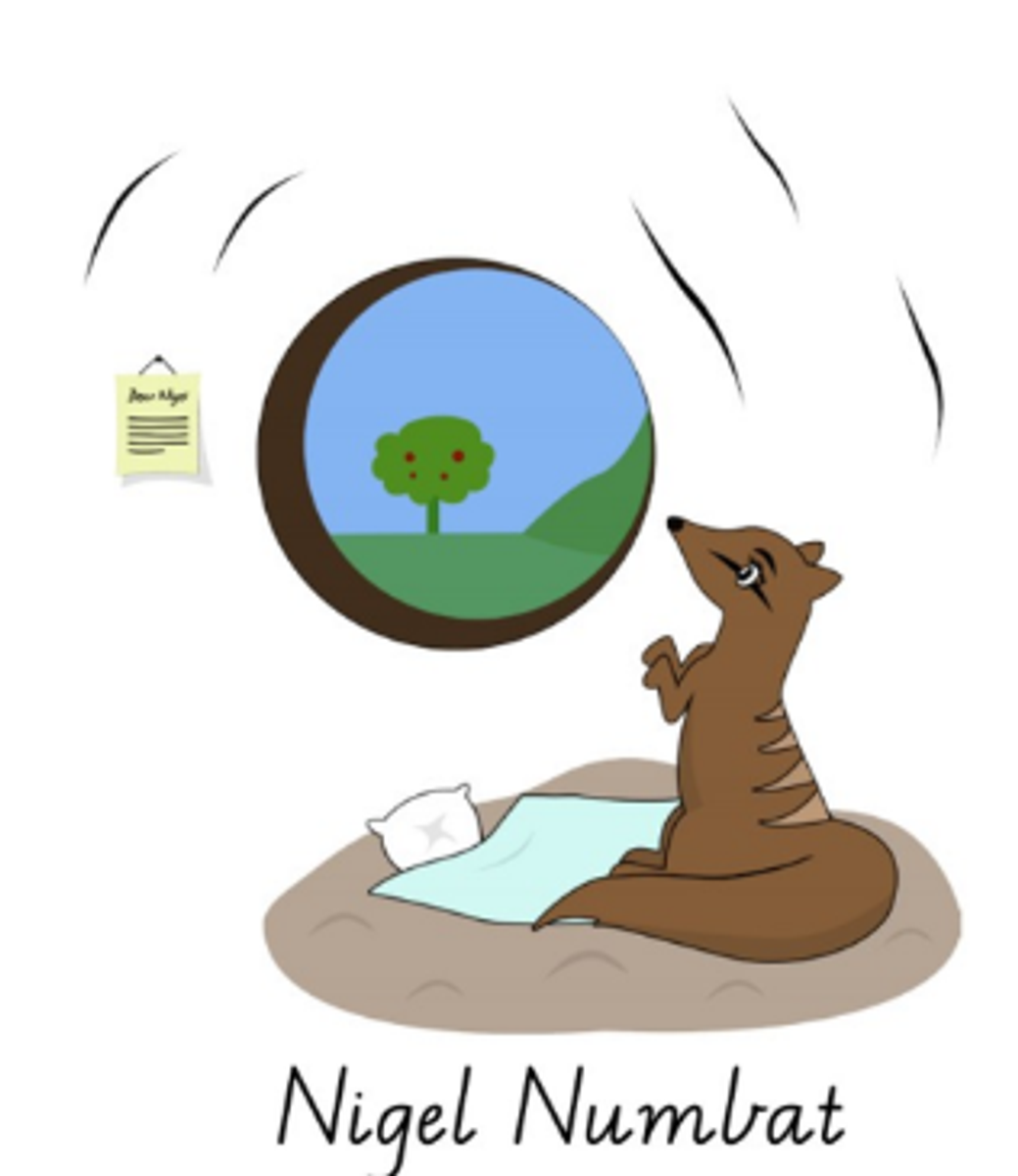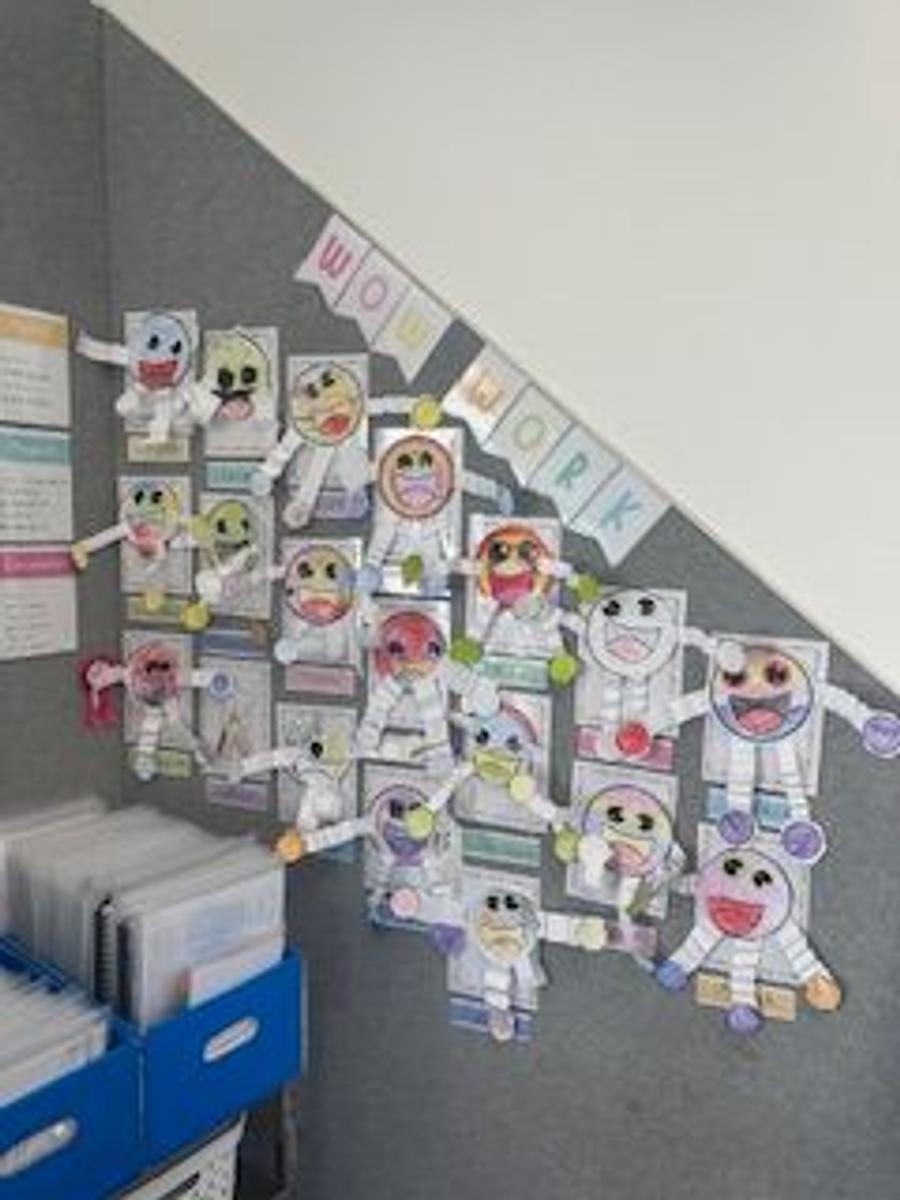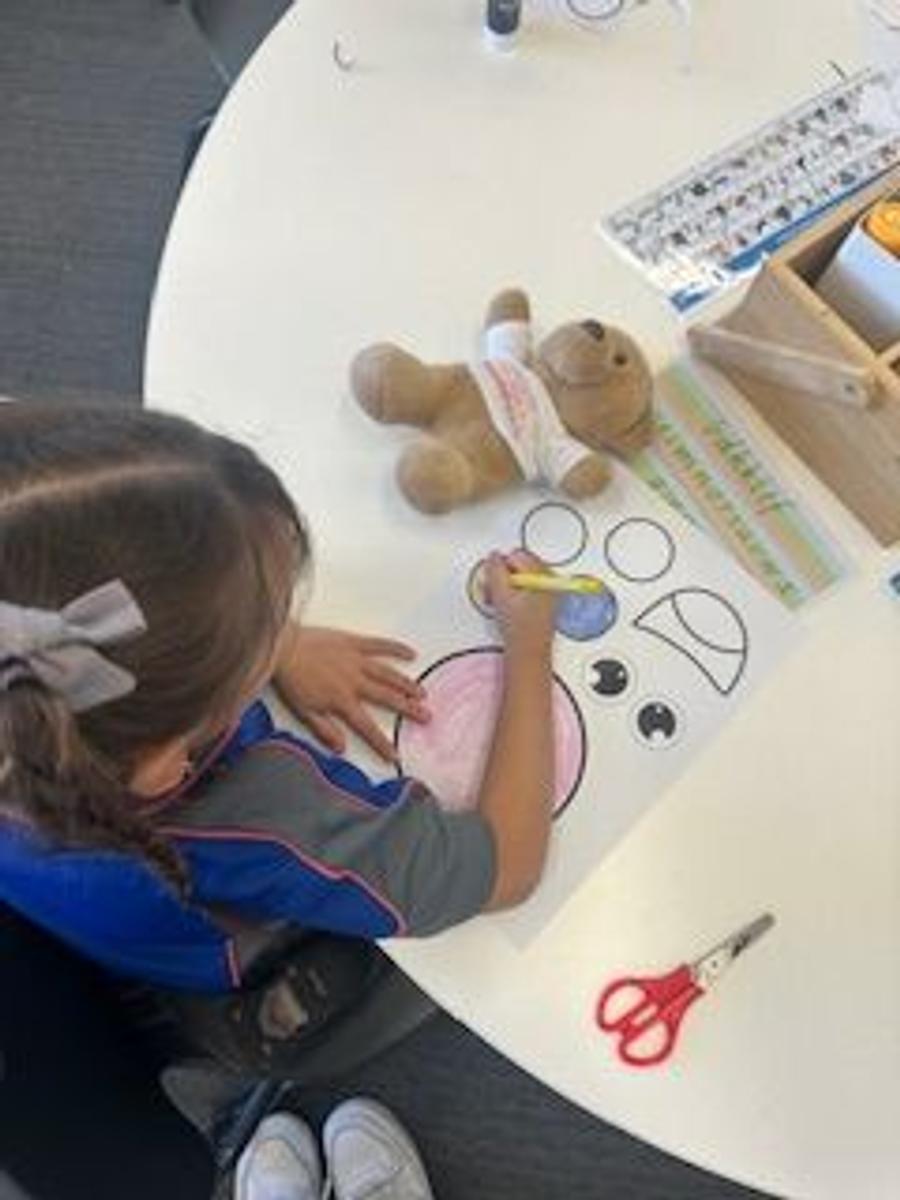Prep
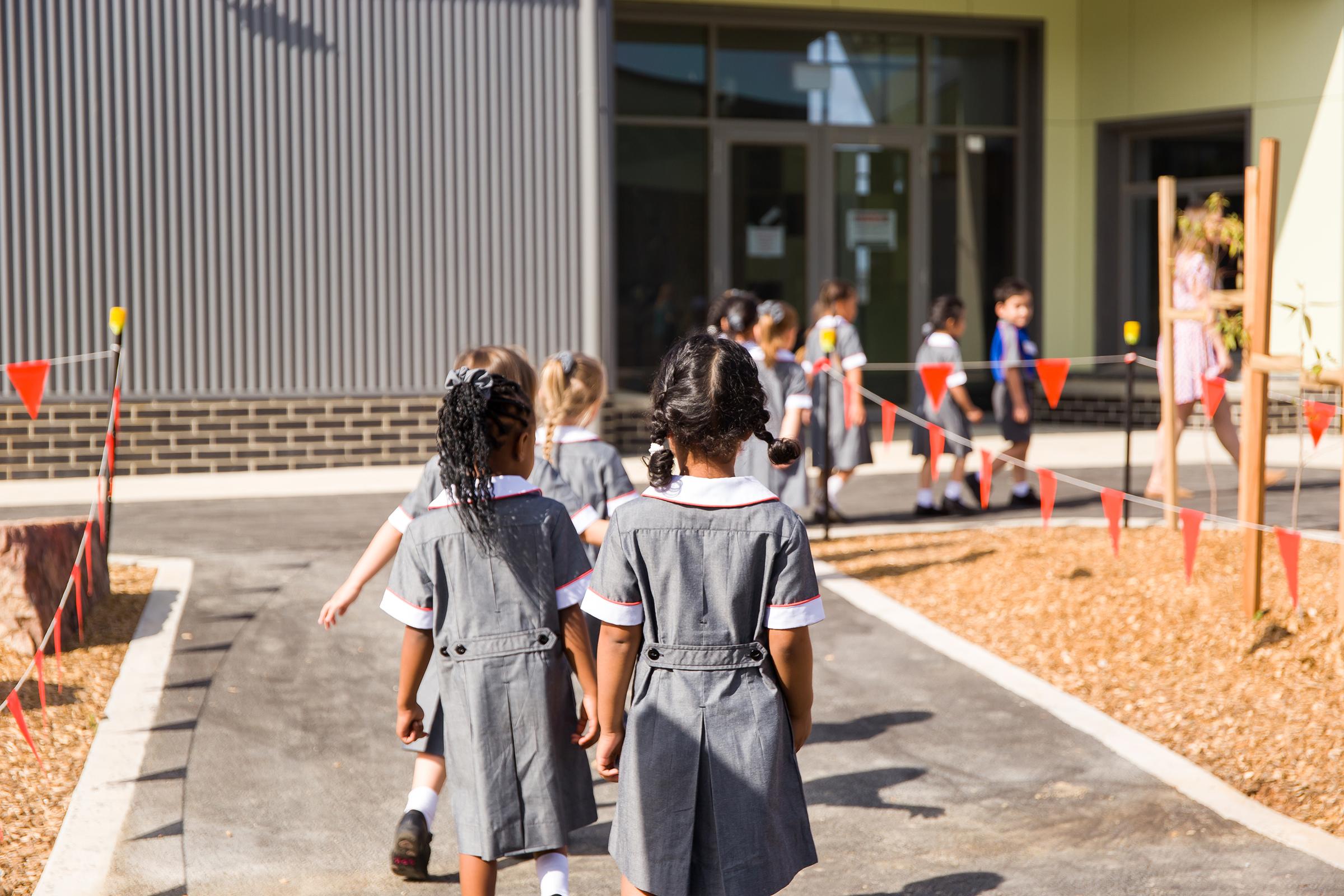
Writing:
Over the past two weeks, our Prep students have been working hard on developing their early writing skills. We’ve focused on learning to write the letters c, n, e and m using our Sky, Grass, Dirt templates. These visual guides help students understand where each part of the letter should sit, supporting correct and confident letter formation. To help with this, students have also been learning rhymes that guide them through how to write each letter.
In addition to handwriting, we’ve been running fine motor skill rotations to build the hand strength and control needed for writing. Students have participated in activities such as playdough modelling, using tweezers and pom poms, threading beads, tracing, completing hand warm-up cards, and squeezing sponges. These hands-on tasks support fine motor development and help prepare students for success in writing.
Reading:
During the past two weeks in reading we have learned two new sounds - /e/ and /n/. We have been practicing linking these letters to their sounds using the prompts of Eric Elephant and Nigel Numbat. Students have then practiced linking these letters to their sounds by reading CVC and CVCC words.
Along with our new letters, students have also added several new tricky words to their vocabulary, understanding that tricky words are words that can not be sounded-out, they just need to be remembered. The new tricky words in the past fortnight were was, you and said.
Students have been using whiteboards to write their CVC and CVCC words, allowing them to also practice their handwriting. This connects the letters to their sounds and by doing so compounds their learning. The combination of whiteboard writing and worksheets creates a layered approach to learning, reinforcing concepts through both visual and hands-on methods. Whiteboard instruction allows for real-time demonstration and guided practice, while worksheets offer individual application and repetition. Together, they deepen understanding and strengthen the connection between instruction and reading comprehension.
Maths:
This fortnight in Prep, our young mathematicians have been busy building their number knowledge and exploring shapes through hands-on activities, games, and discussions.
Numbers to 10: Understanding Parts of a Whole
We’ve been diving deep into the world of numbers to 5 and 10 using five-frames and ten-frames. Students are learning to describe the parts that make up these numbers, and identify how many more are needed to complete a total of 5 or 10. This supports foundational addition skills and number sense. One of our favourite activities has been “Making 10 with a Tens Frame.” Here’s how it works:
- Students work in pairs, sharing one tens frame and using two different coloured whiteboard markers (one colour per student).
- Student 1 rolls a 10-sided dice and represents that number using their coloured marker.
- Student 2 fills in the rest of the frame to make 10 using their own colour.
- Together, they read the number sentence aloud, such as: “6 and 4 make 10.”
Students also had the opportunity to walk around the classroom, finding different ten-frame cards on display. At each card, they:
- Observe how many dots are already filled in.
- Recreate the same number on their own recording sheet.
- Figure out how many more are needed to make 10 and draw those in.
They used ‘and’ and ‘is’ word cards to form and record number sentences like: “3 and 7 is 10.” These interactive activities help students visualise number combinations and understand addition in a concrete, meaningful way.
The following week, we moved on to a brand-new topic: shapes! We introduced four key 2D shapes: circle, triangle, square, and rectangle. Students learned to:
- identify and name shapes
- sort shapes by features, such as the number of sides and corners
We introduced two important shape words:
- A side is a straight line on the edge of a shape.
- A corner is the point where two sides meet. (But not all shapes have straight sides or corners – like circles!)
To bring our learning to life, students created their very own “Shape Buddy” using a template. After colouring and cutting out their shape, they added features using crinkled paper arms and legs—a fun fine-motor activity! We practised how to crinkle paper by folding it back and forth, like an accordion.
We are so proud of the way students are thinking like mathematicians—exploring, questioning, and discovering every day.
Integrated, Respectful Relationships and Reconciliation Week
In Prep this week, our students have been exploring important ideas about identity, community, and respect through a range of thoughtful activities. We’ve been learning to identify the different social groups we belong to—such as family, school, and cultural groups—and understanding that everyone is part of different communities. Students enjoyed drawing and discussing the groups they’re part of, and learning that others may belong to different ones. We also explored what it means to be brave, with children identifying times they’ve faced their fears and talking about how everyday bravery can look different for everyone. As part of our learning about family, students named and drew their family members and explained how each person is connected. To mark Reconciliation Week, we learned that this important event recognises and honours Aboriginal and Torres Strait Islander peoples. Students showed great respect while exploring First Nations culture and expressed their learning through thoughtful t-shirt designs. It’s been a reflective and empowering week of learning, helping students grow in confidence, empathy, and understanding.

